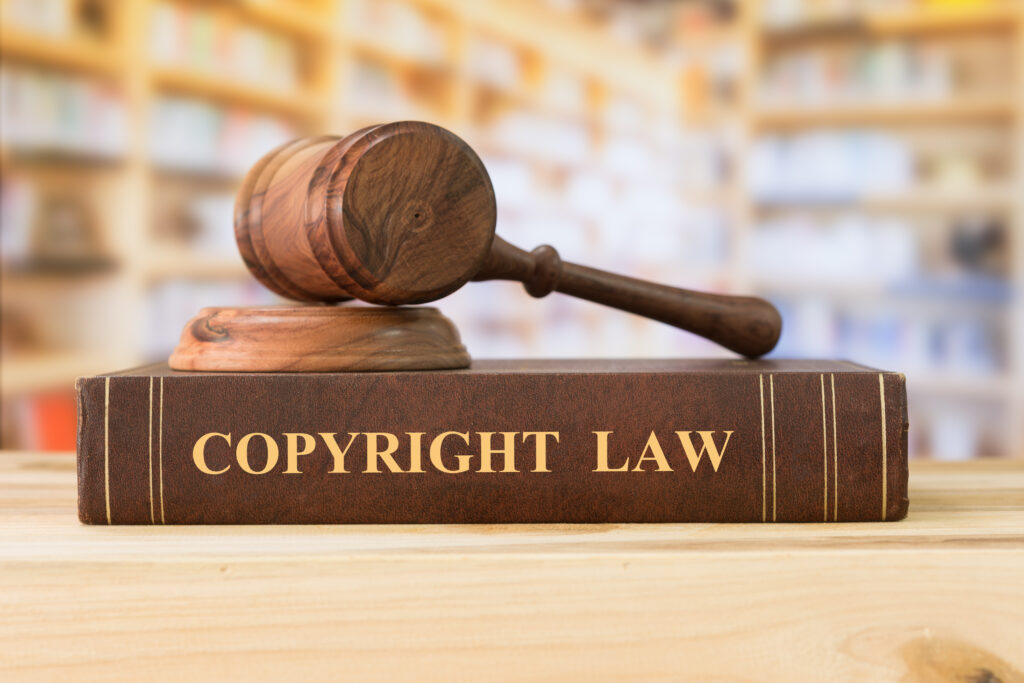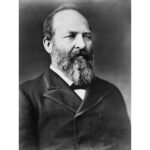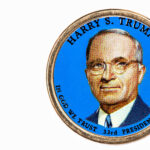The United States, in its infancy as a nation, demonstrated an early commitment to intellectual property rights with the enactment of the Copyright Act of 1790. Passed by the 1st United States Congress and signed into law by President George Washington on May 31, 1790, this marked a defining moment in American intellectual history and policy.
The Act, also known as “An Act for the encouragement of learning,” was heavily influenced by the Statute of Anne, the first British copyright law of 1710. It granted American authors the exclusive right to “print, re-print, or publish their work for a period of fourteen years” and to renew their copyright for another fourteen years if they were alive at the end of the first term.
This law was aimed at fostering a culture of learning and scholarship in the United States. By protecting the works of authors, it sought to incentivize creativity, ensuring that authors could profit from their labor.
However, the Copyright Act of 1790 was limited in scope. It only protected maps, charts, and books, and copyright registration was not automatic. Authors were required to deposit a copy of their work in the U.S. District Court, which was often an inconvenient process.
Despite these limitations, the Copyright Act of 1790 marked a significant step forward in the recognition of intellectual property rights. As the nation grew and technology evolved, the law would undergo many modifications and expansions, but the principles established in this early legislation continue to underpin modern copyright law.
References:
https://www.britannica.com/topic/Copyright-Act-of-1790
https://www.mtsu.edu/first-amendment/article/1030/copyright-act-of-1790




